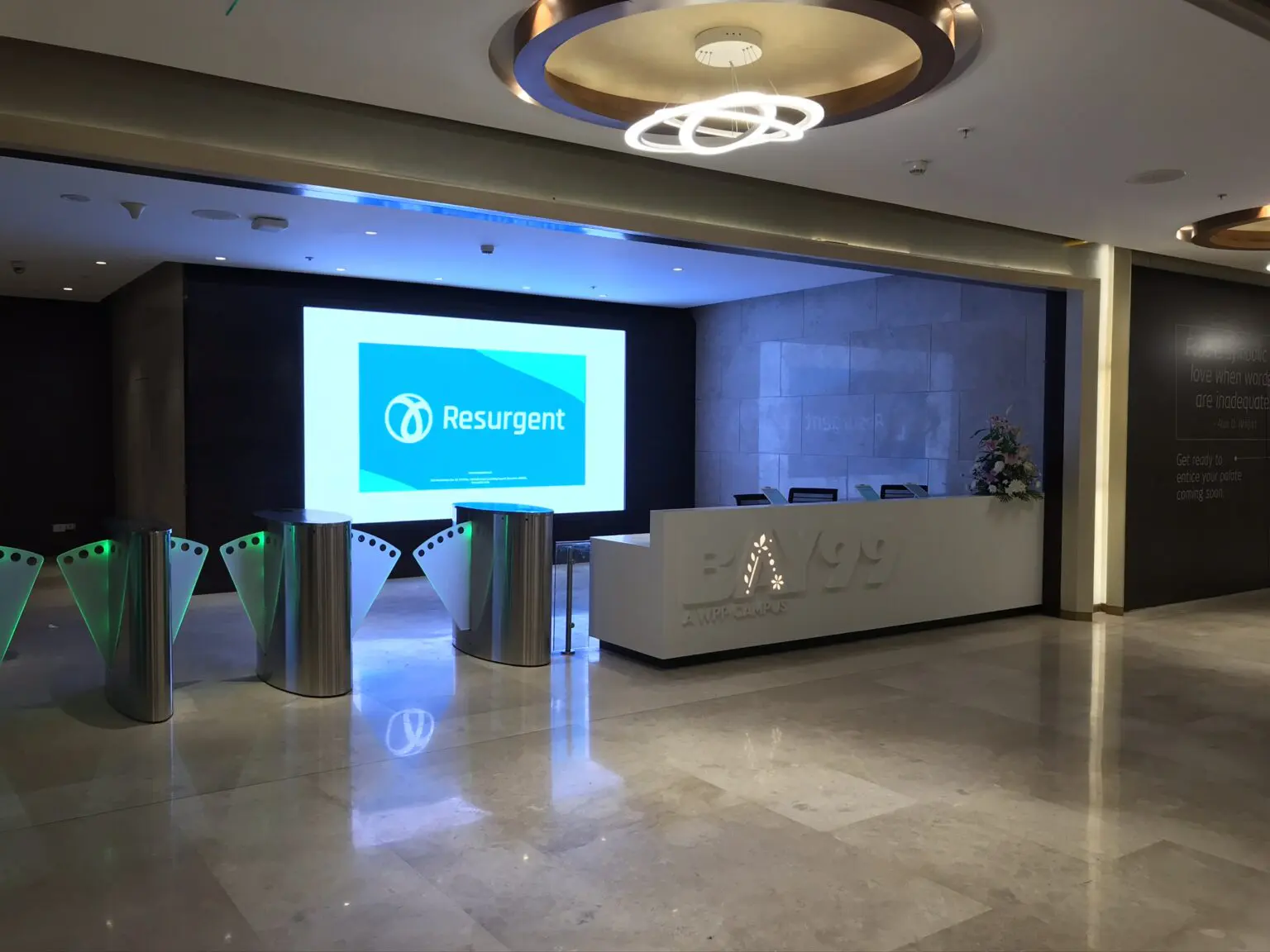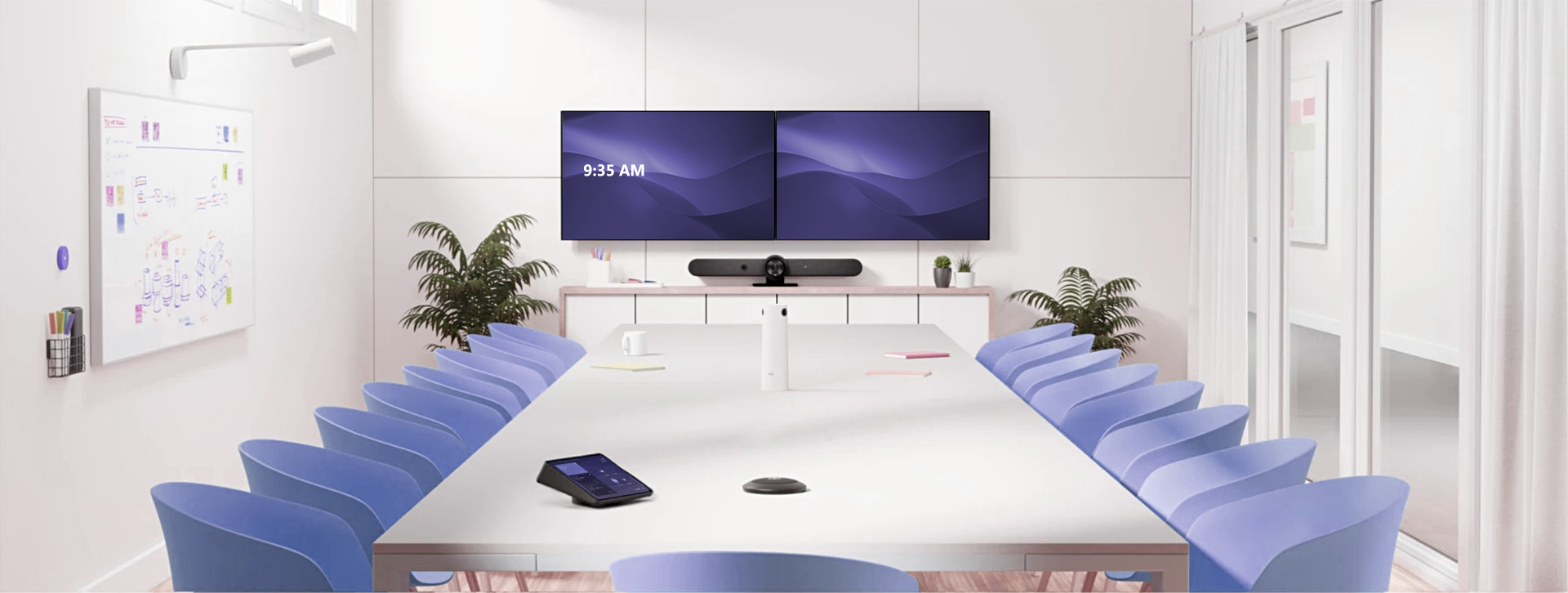Almost every organization today understands the significant role audio-visual (AV) platforms play in the growth and success of their business. From hotels to schools, corporates to hospitals, AV systems pave the way for improved communication and collaboration across different sectors.
But successful AV communication isn’t just about deploying highly-advanced technology; it’s about how easy it is for people to use it and leverage its many capabilities. Choosing the right AV solutions, designing the installation, customizing the solution to fit unique business needs, and ensuring proper integration with other enterprise systems, therefore, becomes vital.
Read on to learn what it takes to deliver successful AV projects, the many supply chain challenges that come in the way, and how an integrated, human-centric approach ensures AV technology feels like an enabler, not an obstruction, in effective communication.
Understanding AV Project Delivery Challenges
Ever since COVID-19 struck, the need for remote communication tools for effective meetings has only been growing. And even though the business world has finally recovered from the ill effects of the pandemic, a large percentage of the world continues to work via a hybrid model. Regardless of whether your users are working from the office or the comfort of their homes, you need modern AV systems to enable interaction and drive engagement.
But successful AV project delivery isn’t just about simple deployments. To ensure any AV platform is effectively and seamlessly integrated into the business ecosystem, many hurdles must be crossed. These include:
- Navigating supply chain complexities and ensuring timely product deliveries of AV tools and systems
- Keeping up with the latest AV technology trends and introducing new features and updates to meet the evolving needs of users
- Sourcing consistent, high-quality materials and building AV solutions that are resilient and reliable
- Dealing with international product suppliers and overcoming varying currency rate fluctuations, trade restrictions, business practices, and language, cultural, and legal differences
- Having a large pool of skilled resources who can transform concepts into design and ensure timely implementation of AV solutions
- Ensuring availability, performance, and scalability of tools needed to convert the AV project delivery dream into a reality
- Managing schedules with multiple stakeholders, facilitators, and agencies to coordinate tasks
- Interacting regularly with architects, fabricators, and engineers and ensuring specific capabilities are incorporated as per unique business needs
What It Takes to Deliver Successful AV Projects
Successful AV project delivery goes far beyond just choosing and implementing a handful of modern solutions. Organisations must have a robust AV project roadmap in place along with the right skillsets to customise AV solutions, build the right infrastructure, and enable end-to-end AV integration.
Let’s look at the different components of an end-to-end AV project delivery:
- Understanding the requirements of the AV project and designing solutions with best-in-class hardware and software
- Sourcing and procuring high-quality AV equipment from reliable manufacturers and effectively overcoming logistics challenges as and when they emerge
- Installing and integrating diverse AV components and technologies in a unified manner and ensuring ease of use
- Monitoring and managing a diverse AV ecosystem and ensuring all systems are tested continuously for quality and efficiency
- Providing regular training to users on the latest features and updates and ensuring they make the best use of the different capabilities
- Ensuring the AV ecosystem is constantly supported via regular maintenance and inspection
The Integrated Project Delivery Approach
Managing product delivery problems and addressing process inconsistencies requires organisations to take an Integrated Project Delivery (IPD) approach. The IPD approach lays much-needed emphasis on collaboratively harnessing the talents and capabilities of all stakeholders.
The IPD approach allows organisations to reduce WASTE across their processes and systems while successfully optimising efficiency through all phases of the project delivery — right from understanding the design concept to materials proposed, integration, and down to project handover. Being entirely human-centric, the approach also ensures AV user interfaces are designed for a seamless and hassle-free experience for end-users.
Ensure Successful AV Delivery with Resurgent
As a leading AV integrator in the market, Resurgent can help you get the maximum value and returns from your AV investments. Our in-house programming team is well-versed in planning, customising, and implementing AV systems that best fit the needs of your organisation. Our technical experts bring with them the latest know-how and constantly expand their skills via regular training, upskilling, and certification courses. In addition, we follow the globally recognised TIMWOOD Process of waste management and maintain the highest safety standards in all work zones.
With holistic solutions, effective customisation, and dedicated project teams, we can help you build AV solutions that are centred around the end user, offering the level of ease, efficiency, and intuitiveness needed. Our membership in the PSNI Global Alliance and association with AVIXA enable us to build superior-quality AV products. In addition, our partnership with leading OEM manufacturers and strong global presence allow us to directly source the latest, high-quality products at a cost advantage.
Whether you want to increase productivity in the hybrid workspace, boost engagement and presence, or make every customer interaction seamless, we can help you achieve all this and more. Explore our range of AV integration services today!



